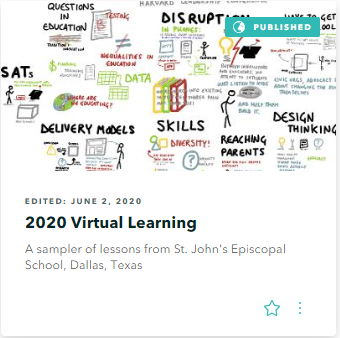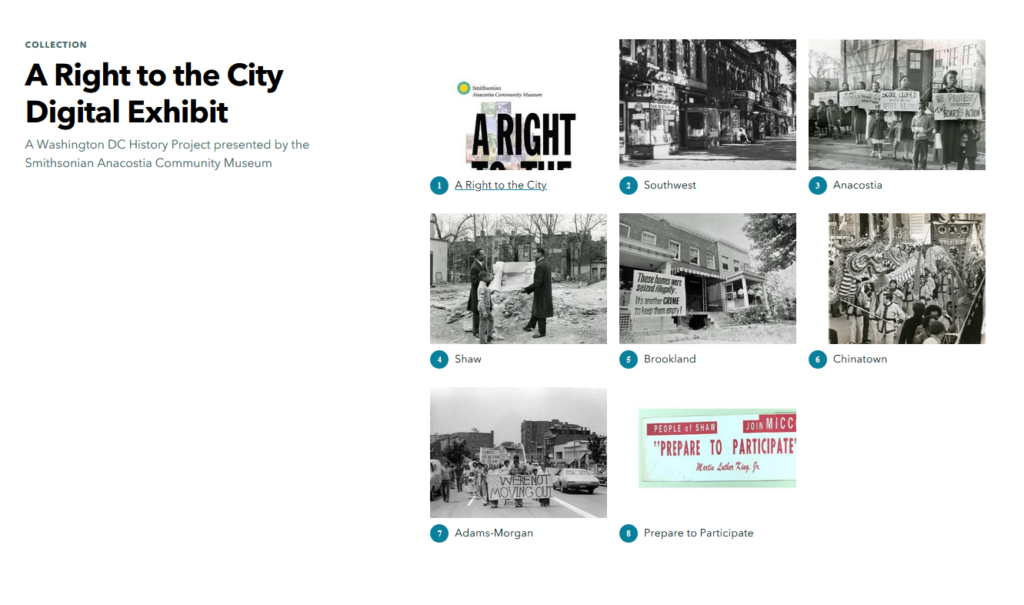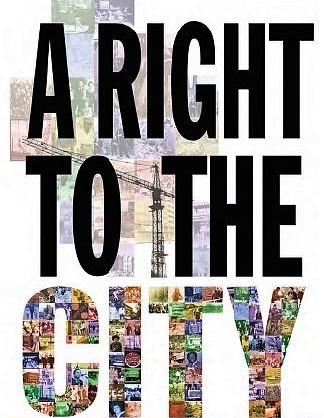Digital images, film and storytelling, individually and collectively, factor greatly into the work I do in my history classroom each and every day. Students spend a year producing documentary films combining original oral history research with images they find in family collections and in additional image research through the Library of Congress, National Archives and online subscription services. This has been an ongoing project for the past six years, and each year I find new ways to improve upon the process through new experiences.
The readings over the past two modules have been helpful in rethinking some of my teaching approaches involving images. In the same way that students may struggle with sequencing historical events, what I like to call historical literacy, they also struggle with visual literacy when working with historical images. A student may find an image of a man working on a farm to coincide with a point in the narrative when discussing reasons why her family left Italy for America in the early 1900s. However, if she selects an image of a family working on a farm in the American Dust Bowl, the image will silently disrupt the story she is trying to tell just as if she had cited factual inaccuracies in her narrative.
This is an example of a place where I can guide students and make historical thinking visible by giving them opportunities for practice. In the same way that Sam Wineburg created “multiple choice” options in helping students discriminate among possible interpretations of a textual source, my idea is to take a similar approach with images.
My idea is to design an activity where students source images for 40 seconds of sample narrative from a series of curated choices. Students would work in pairs to select approximately eight images (meant to coincide with the narrative) from 8 different visual multiple choice options. For example, I would highlight the text “man on a farm” from the narrative and provide for different images of a man on a farm. Students would select the “right” image from among several possible choices and write a written justification for their choice. After compiling their eight “best” images, students would edit the sample images with the narrative in iMovie. We could compare which films worked and which did not. This would also give them some practice in editing and using the Ken Burns effect to highlight certain elements of the photo for narrative purposes.
Another way I have been thinking about using film in the classroom is through research into a World War I veteran around whom I am designing some curriculum for the National Cemetery Association. He worked as a B movie actor and extra in films in the late 1930s. One of those films, Verbena trágica, debuted in 1939, the same year as Gone With the Wind, The Wizard of Oz and Young Mr. Lincoln. Each of these films is a part of the National Film Registry in the Library of Congress. According to the Library of Congress, 25 films are selected each year that are “‘culturally, historically or aesthetically’” significant and “reflect the full breadth and diversity of America’s film heritage.” Of that list, I doubt that anyone would have recalled Verbena trágica as an important film of 1939, and few would know of its existence if not for the Registry.
Verbena trágica was inducted into the Registry the same year Robert Toplin wrote “The Historian and Film: Challenges Ahead” in which he mentioned John Ford’s lack of historical consultation in making Young Mr. Lincoln. Apparently, movie executives would have also benefitted from a linguistic consultation in making Verbena Tragica and many other Spanish language films of the era. Movie studios assembled casts of native speakers from across globe. Moviegoers heard Cuban, Castilian, and Columbian accents from a family living together in New York just as clearly as an English speaker would find it odd to hear Australian, British and Jamaican accents in a period piece about the battle of the Alamo. While the words themselves were not “lost in translation” in these films, the authenticity of the experience for the audience clearly was.
My point here is one of agreement in our readings this week – that film is an incredibly rich medium but one that is equally complex because it is so multi-sensory. In addition to making academic arguments, film also speaks to us visually, audibly and in many ways, emotionally. Films about the historical past must be viewed not only in light of their historical accuracy (JFK comes to mind) but also in light of how they fit into an ongoing understanding of the past that often changes over time.
My World War I veteran also played the role of the Spanish Ambassador in another 1939 film called The Monroe Doctrine. It would be improper to view the film simply as a historical dramatization of the principles of the Monroe Doctrine as it was created in 1823 without understanding American fears of German encroachment into South America in 1939 as evidenced by President Roosevelt’s address to the Pan-American Conference on April 14 of the same year.
I am still wrestling with how to incorporate these rich resources into the lesson I am developing, but I am certain that making historical thinking visible will be an important part of the plan.
_________________________________________
Toplin, Robert B. “The Historian and Film: Challenges Ahead.” American Historical Association. April 1996.
Wineburg, Sam. “Historical Thinking and Other Unnatural Acts.” The Phi Delta Kappan 80, no. 7. March 1999. p. 488-499.



